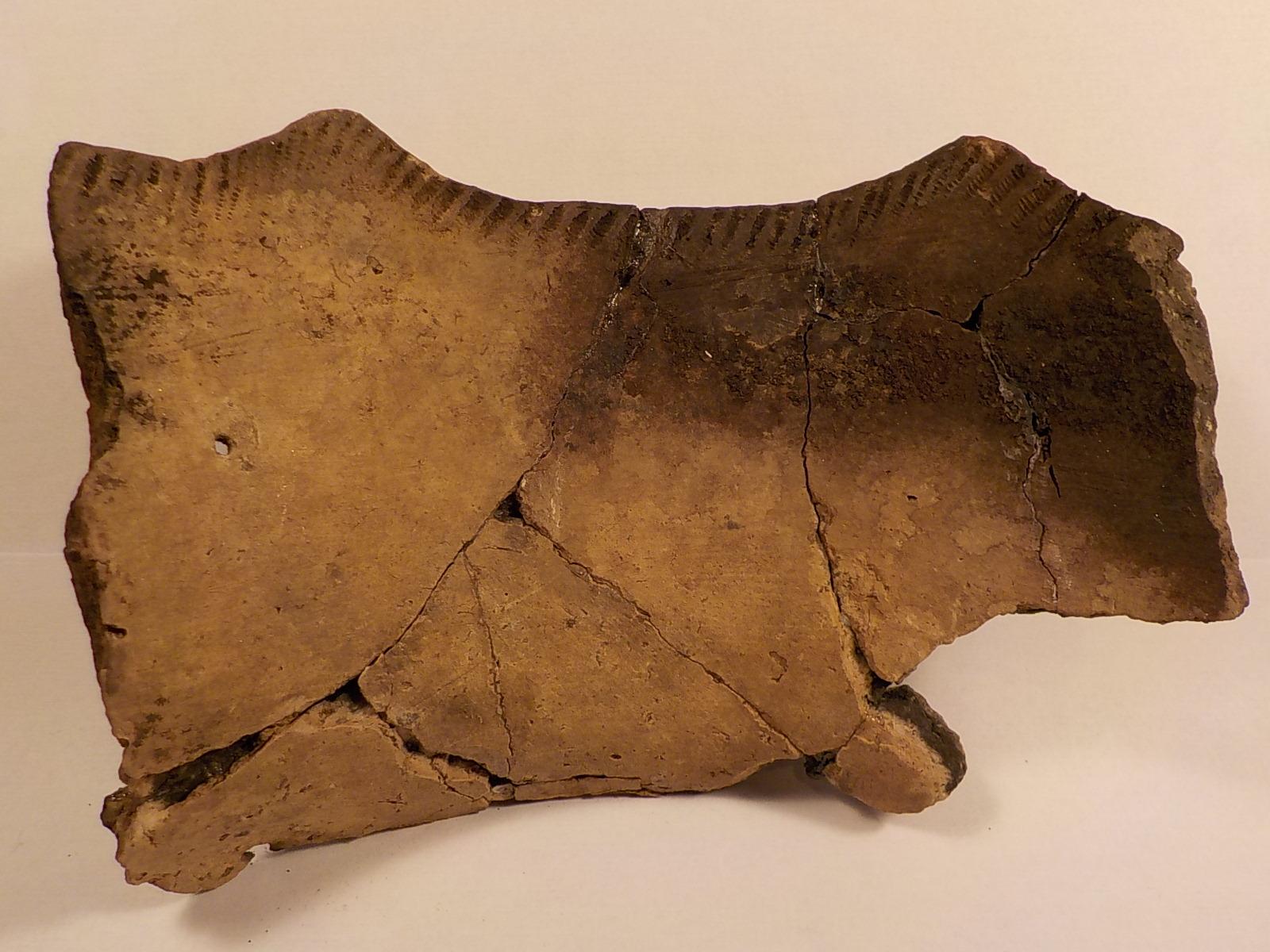Parade Ground
Before this land became a public park, it was a planting field used for agriculture. The indigenous Lenape people and their ancestors were the first to grow crops here, but the fertile fields were just one of several features that made this area a desirable homesite. The surrounding hills shielded the valley from strong winds in the winter. Fresh water was available in local streams like Tibbetts Brook. At the same time, nearby salt marshes provided abundant oysters and other shellfish as a year-round food source. When these fields were dug up in 1890 to make way for the creation of the park, numerous artifacts and burial sites that belonged to indigenous Lenape people were uncovered. Artifacts from those sites are preserved at the National Museum of the American Indian in Manhattan.
The same natural features that were beneficial to the Lenape made the area desirable to European colonists, who first settled here in the 1640s. The first colonist, a Dutchman named Adriaen van der Donck, was permitted by the local government to purchase this land from the Lenape as a reward for securing peace treaties with Native peoples to the north. However, Lenape people continued to live in this area for at least 100 years after Europeans arrived.
By the 18th century, the wealthy Van Cortlandt family owned this land, and they referred to it as their “plantation.” As the name would suggest, generations of enslaved people were held here and tended these fields in addition to other duties.
The first local census in 1698 recorded the names of four enslaved people held here by Jacobus van Cortlandt: Hetter, Tonne, Marce, and Hester. Enslaved workers tended many acres of crops such as wheat, buckwheat, corn, potatoes, and rye; they also raised farm animals including cows, pigs, sheep, turkeys, and geese. The 1800 census recorded 19 enslaved people living and working here, which included men, women, and children. The names of those enslaved people were not recorded in the census and their identities may never be known.
The food grown on Van Cortlandt Plantation was sold in markets in New York City or exported abroad. Flour and butter produced in the Hudson River valley on plantations such as this one were a chief export out of New York Harbor. Much of it was destined for the Caribbean to feed the large populations of enslaved Africans that worked on lucrative sugar plantations. This industry was such a large part of New York’s development that images of flour barrels are depicted on the official seal of New York City. The exploited labor of enslaved Africans bolstered the profits from this agriculture and fueled the development of New York.
Today these fields are known as the parade ground owing to a National Guard encampment that was located here during World War I. Major General Porter of New York’s National Guard is honored by a statue at the Parade Ground’s southern end.


